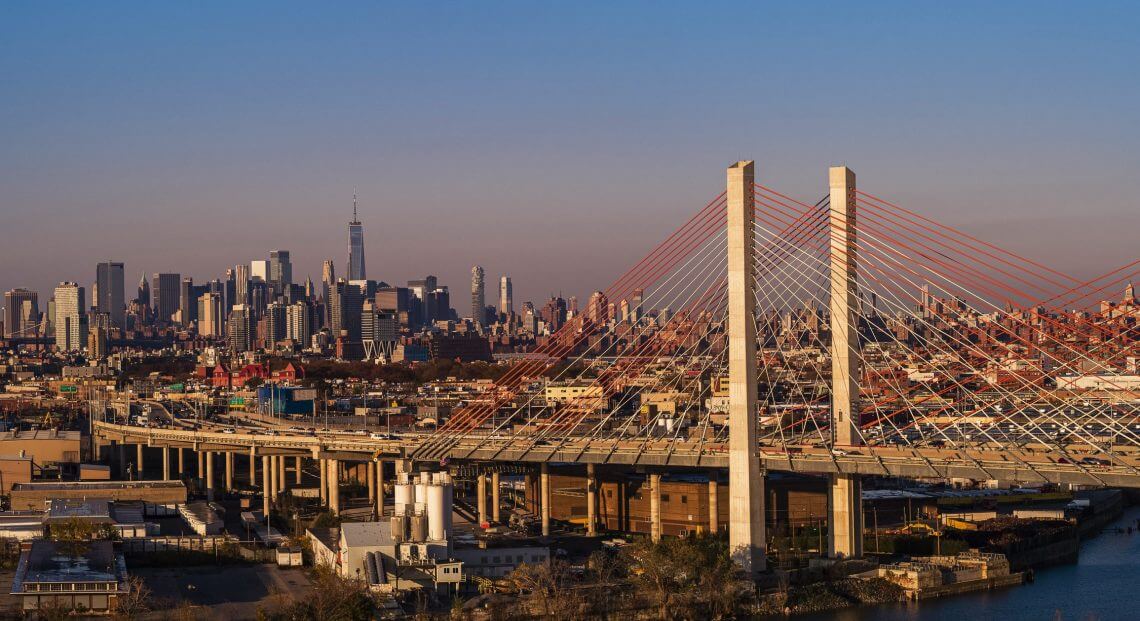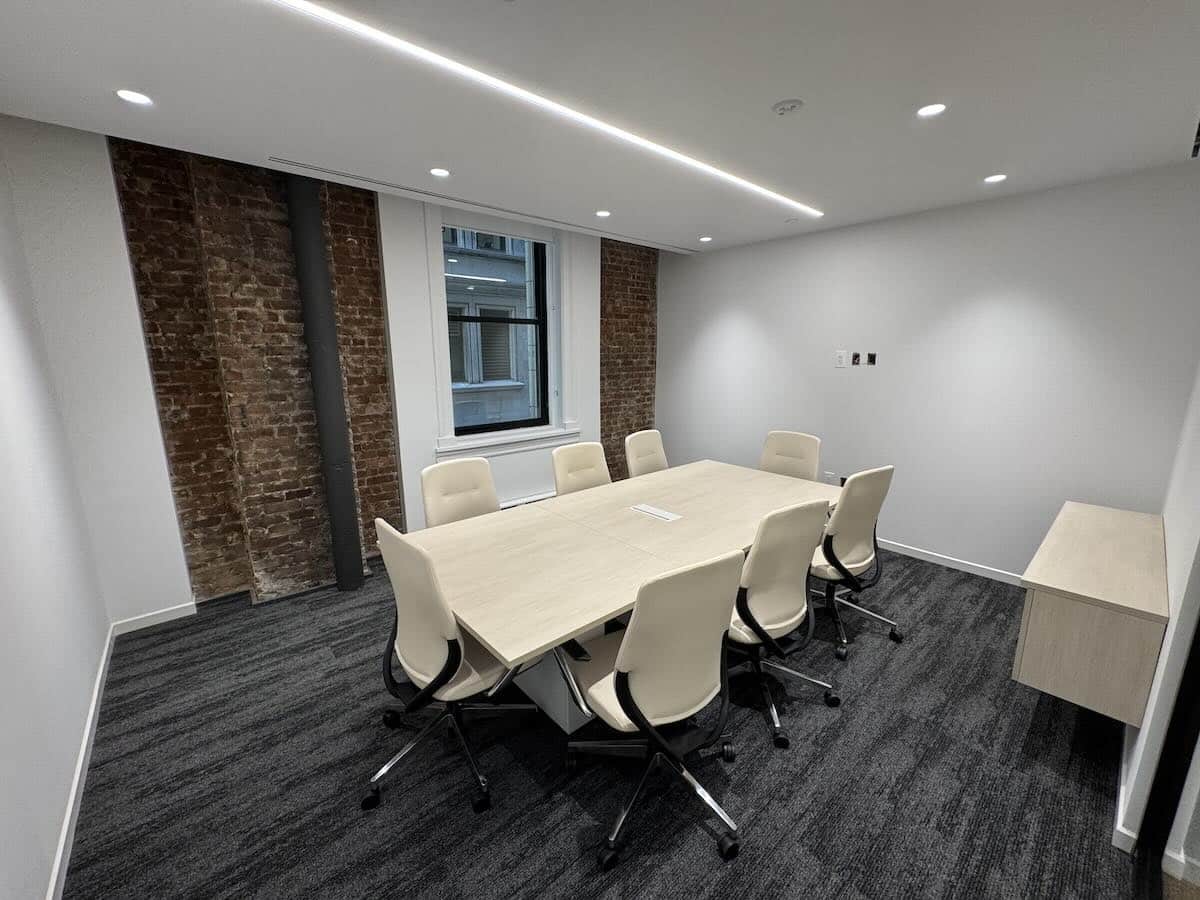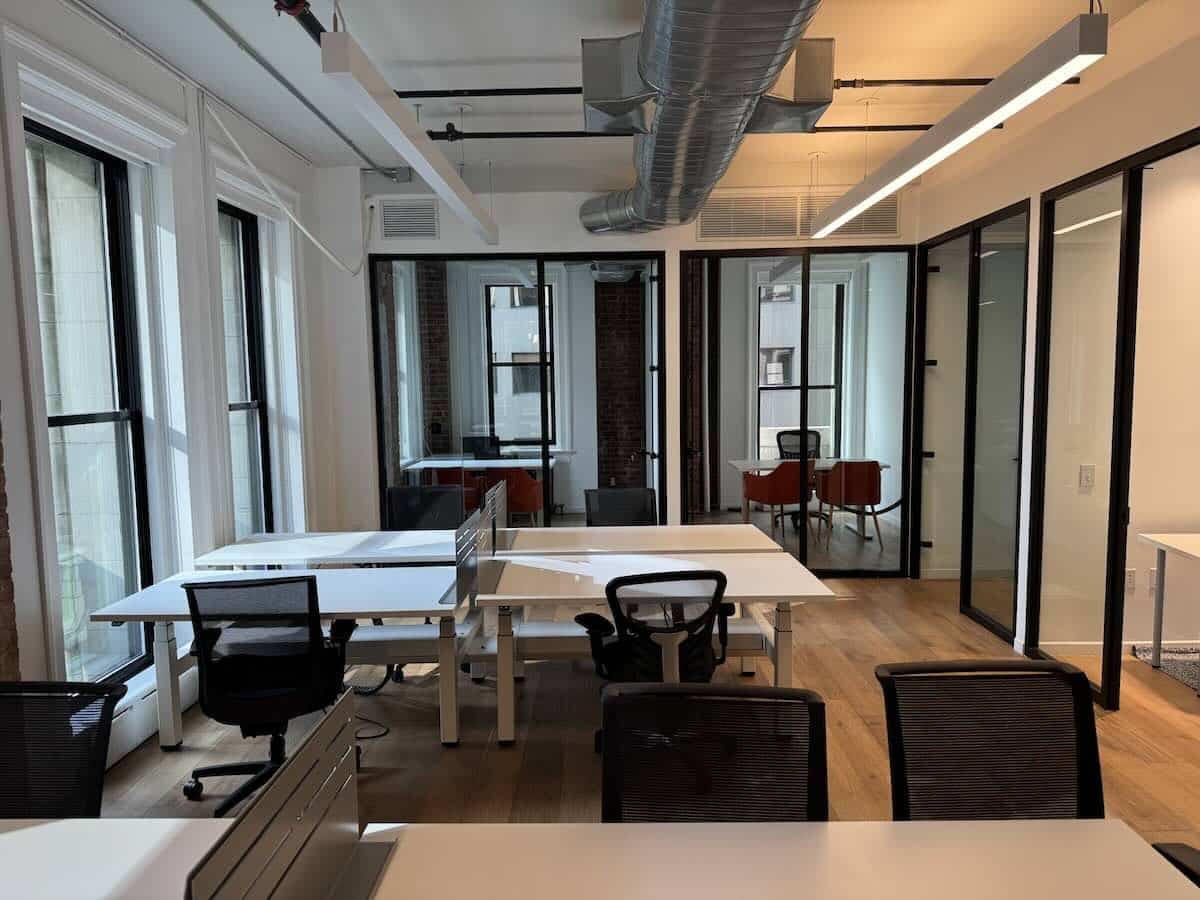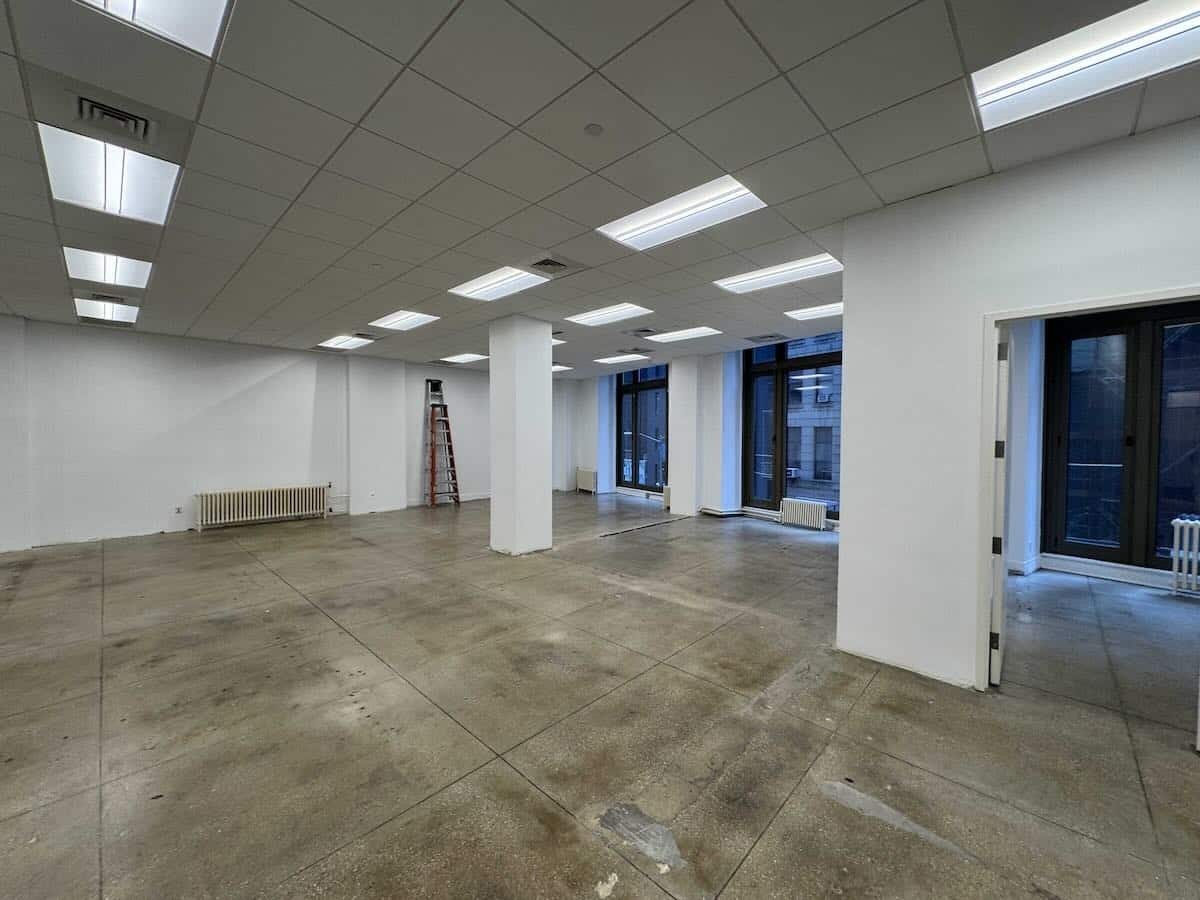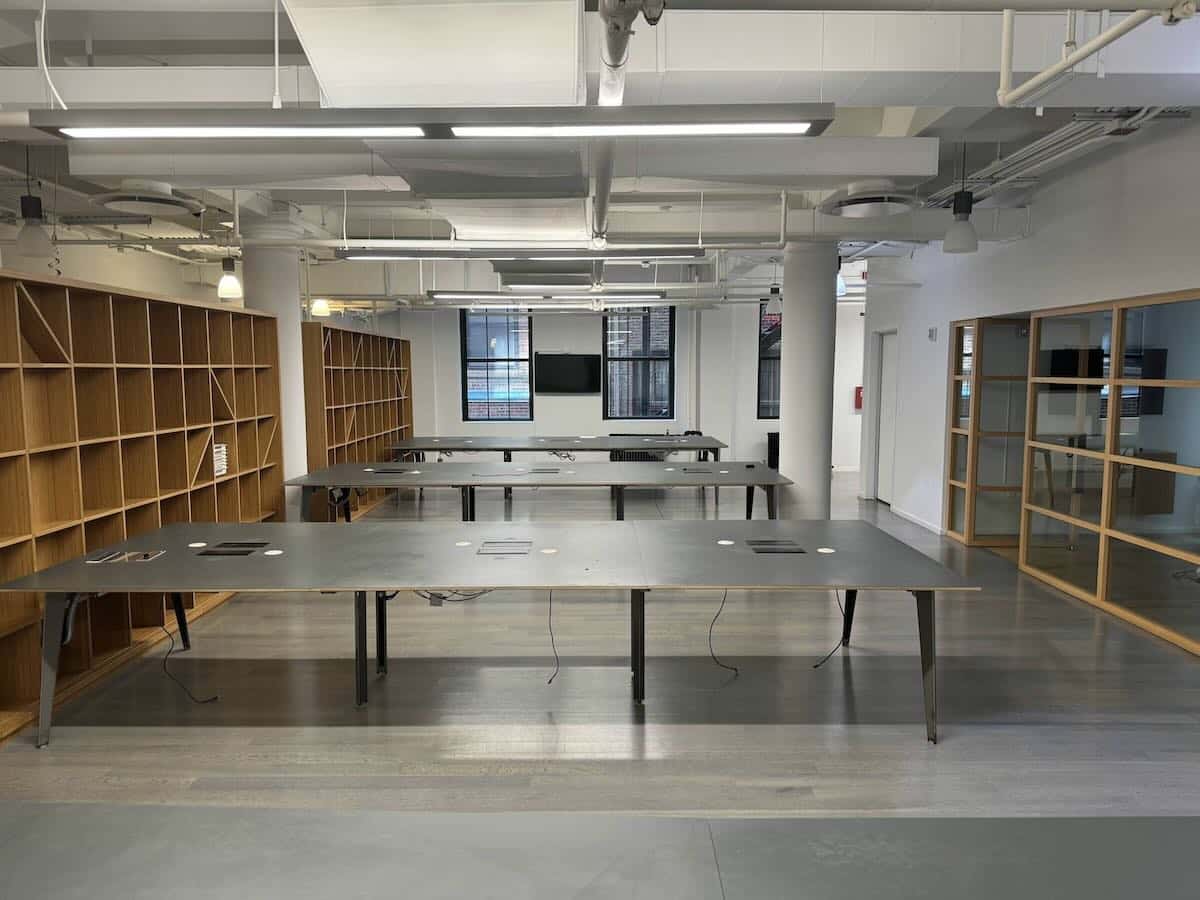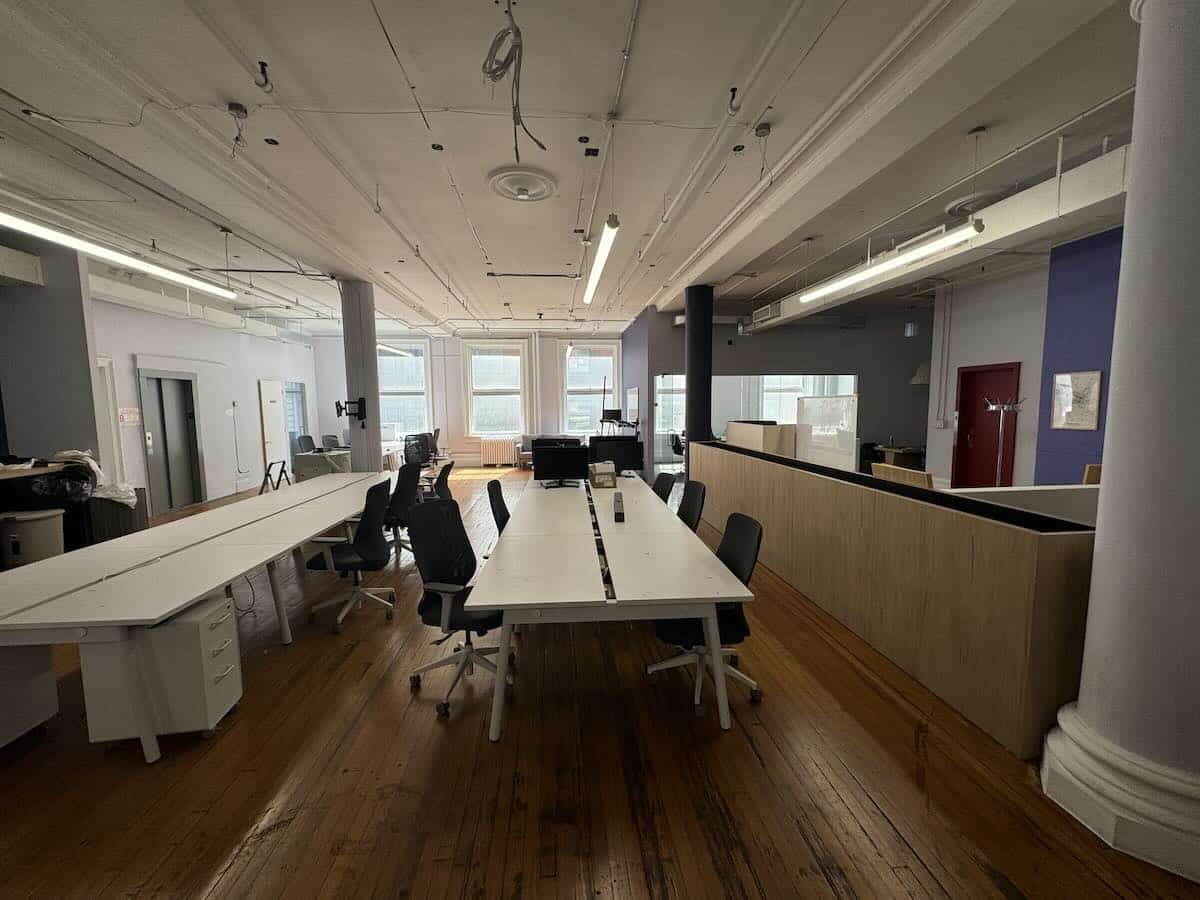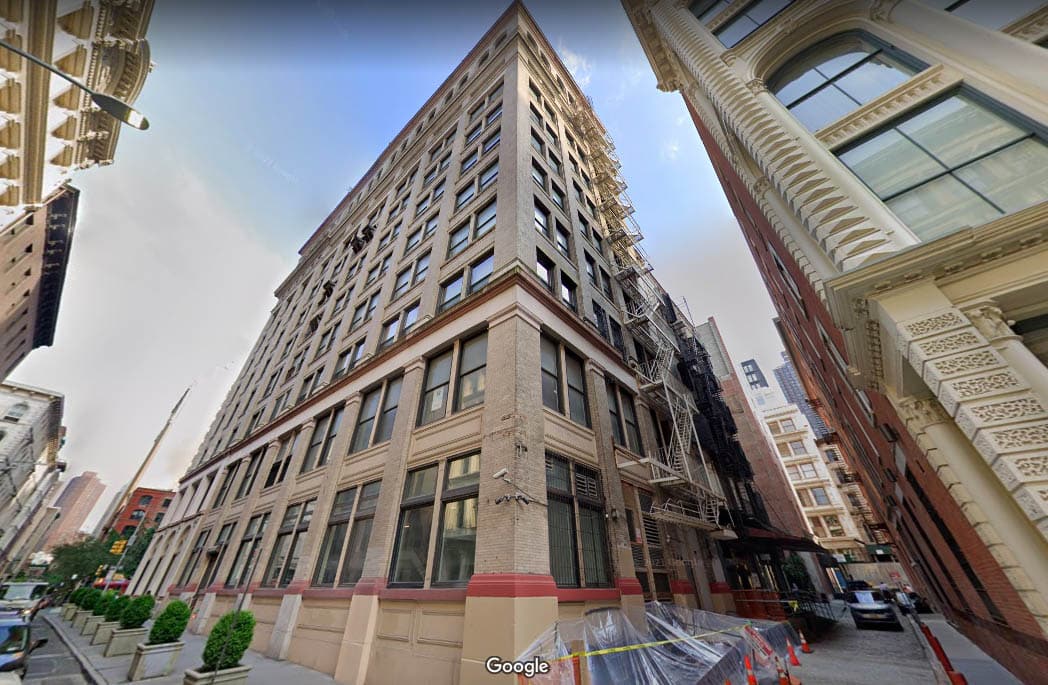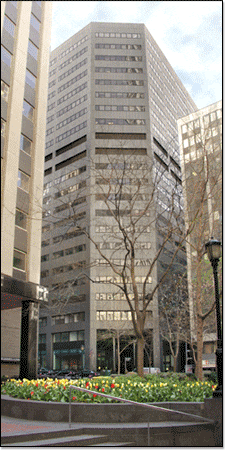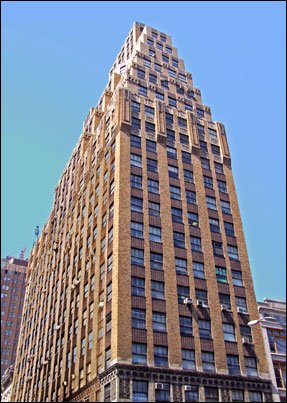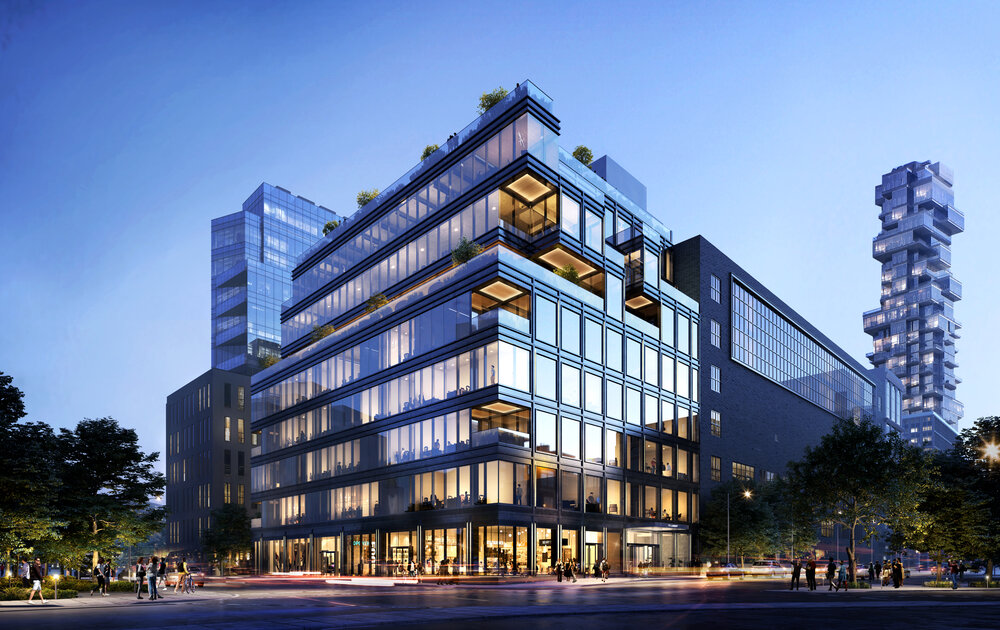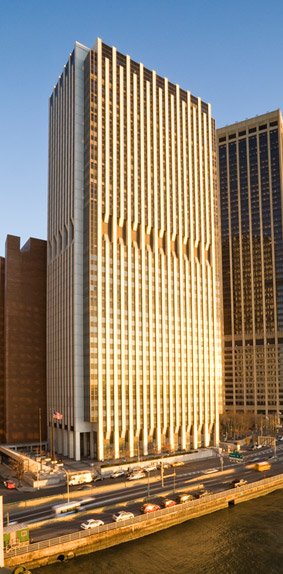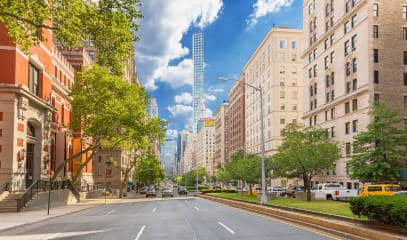In early 2019, Queens was all over the news after Amazon scrapped plans to build its HQ2 in Long Island City. This fall, a 6,000,000-square-foot commercial development that would have added up to 20,000 jobs to Brooklyn’s Sunset Park was shelved, following opposition from the local community.
Industry City, a historic shipping, manufacturing, and warehouse complex on the Brooklyn waterfront, was headed towards a massive redevelopment meant to revitalize this part of the borough. Current owner Jamestown, which also owns Chelsea Market in Midtown South, partnered with Belvedere Capital Real Estate Partners and Angelo, Gordon & Co. to purchase Industry City in 2013. Then, in 2017, the owners proposed a 3.3 million-square-foot expansion plan that would rezone the campus and allow developers to build office, retail, and mixed-use commercial space.
Why the Industry City rezoning fell apart
The Industry City redevelopment plan was meant to boost Sunset Park, bringing technology, media, and retail jobs to the neighborhood. The rezoning project would have brought total employment in the area to over 15,000 jobs. An addition of 5,000 positions around the Industry City campus. However, Jamestown’s plans did not go well with local community leaders.
Councilmember Carlos Menchaca and local community groups heavily opposed the Industry City redevelopment. He cited concerns regarding the rezoning effects on Sunset Park. According to a joint letter submitted to the New York City Council in September 2020, “such a large private rezoning application would further exacerbate real estate pressures, displacement, rising rents, and forever shift the nature of the waterfront away from one of the few remaining manufacturing hubs to commercial tourism and service economy.” The letter also suggests that “this would undermine Brooklyn’s industrial positions, and it would supercharge the displacement and gentrification that is undermining Sunset Park’s affordability and blue-collar job base.”
Following opposition from the local community, Jamestown officially withdrew its rezoning proposal in late September 2020. Supporters of the development project lament the decision as a missed opportunity for Sunset Park and the city. The Industry City redevelopment would have brought $100 million in property tax revenue each year. This would have been a much-needed boost to the local economy, which is suffering from the pandemic’s effects.
What’s next for Industry City?
The Industry City story doesn’t end here, however. The developer is likely to devise a new plan for the redevelopment of the former industrial campus. At the same time, council members are open to an initiative that considers the community’s needs and profile.
In the same letter sent to the NYC Council this fall, community leaders suggest that “the City should take the initiative to reassess the economic environment, its manufacturing needs (particularly with the new mandates in recently passed climate acts), the needs of the local community for jobs, and the future of the Southwest Brooklyn Industrial Business Zone.”
What opponents of Jamestown’s plan want is for the Industry City redevelopment to consider the history of the Brooklyn waterfront and the profile of Sunset Park residents, many of whom aren’t trained for the types of jobs that the project would have brought. Industry City owners also suggest that the campus might be a good fit for an Amazon-type warehouse or fulfillment center, though such a project would not create the same number of jobs in the neighborhood.
The history and potential of Industry City
The Brooklyn waterfront has always been the epicenter of the borough’s industrial and manufacturing industries. Industry City occupies the northern portion of the Upper New York Bay waterfront. It includes roughly 6 million square feet of commercial space nestled between 32nd and 41st Streets.
The southern portion of the waterfront is known as Bush Terminal. Located between 40th and 51st Streets, it was the first complex of its kind in NYC. It is reportedly the country’s largest multi-tenant industrial campus. In the 1980s, this area served as the beating heart of NYC’s garment industry, due to boasting significantly lower rents than those found in Manhattan’ Garment District.
Following World War II, Industry City and Bush Terminal started to lose their popularity. Many of the structures were demolished or redeveloped to serve other purposes. Nowadays, this part of the Brooklyn waterfront houses a federal prison (the Metropolitan Detention Center, Brooklyn), a shopping mall, light manufacturers, as well as office and warehouse space. Bush Terminal is now operated by the New York City Economic Development Corporation (NYCEDC), which intends to transform it into a world-class media and manufacturing complex.
During the dot-com boom in the early 2000s, the local government intended to transform Industry City into a technology and business campus. It was to be integrated with the Sunset Park Technology District
In 2016, the Brooklyn Nets opened a new facility within the complex, dubbed the Hospital for Special Surgery Training Center, featuring 70,000 square feet. The Innovation Lab, a job training hub for Sunset Park residents, opened that same year.
Industry City today
Today, Industry City is slowly emerging as a modern commercial real estate hub, proving an appealing destination for creative tenants. The complex incorporates 6 million square feet across 16 buildings and 35 acres and 5 acres of open space. Tenants at Industry City include AECOM, the NBA’s Brooklyn Nets, Buck Media, West Elm, NYU, and ABC Home & Carpet Outlet. However, there is still plenty of room for new tenants and a myriad of opportunities for Sunset Park residents. It remains to be seen whether the developers and the local community can reach a consensus on what Industry City should bring to Brooklyn.
Featured image courtesy of Industry City
